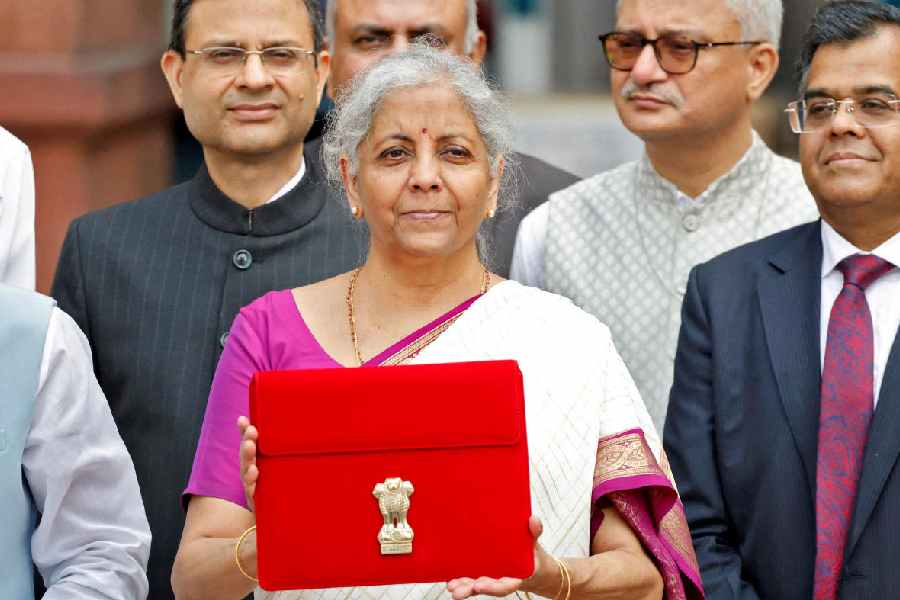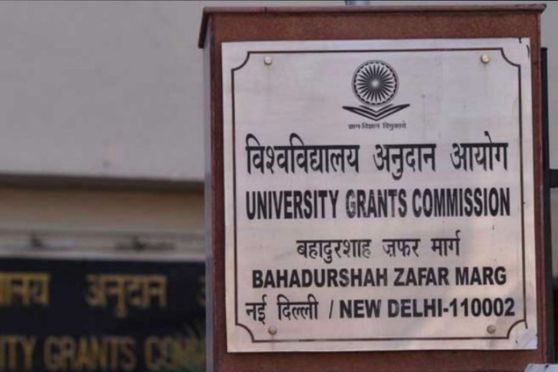As Finance Minister Nirmala Sitharaman gears up to present the budget, there is widespread expectation across various sectors of the economy.
With India navigating a period of economic recovery, structural reforms and global uncertainties, this budget will play a pivotal role in addressing critical economic challenges while ensuring inclusive growth.
Given the context of a higher GDP growth rate, rising inflationary pressures, a widening trade deficit and robust tax collections, stakeholders across the board — from the middle class to industry leaders — have outlined their key expectations from the upcoming budget.
Tax relief
The middle class has been vocal about the need for relief from rising costs of living amidst persistent inflation. With retail inflation hovering around 5.5 per cent as of December 2024, a tax-friendly budget would go a long way in boosting disposable incomes and demand. We don’t expect any significant changes in direct tax; however, there are a few areas which may be considered in the budget.
Revisions in income tax slabs: There are strong expectations for revisions to income tax slabs under the new tax regime, which has gained significant traction over the past two years. Taxpayers are hoping for higher exemption thresholds and reduced tax rates to improve disposable incomes.
Lower GST rates on health insurance and pension products: As the middle class increasingly seeks financial security through health insurance and retirement planning, there is growing demand for a reduction in the Goods and Services Tax (GST) on health insurance premiums (currently at 18 per cent) and pension funds. Such measures would not only incentivise long-term financial planning but also provide relief to millions of policyholders.
Real estate
We expect significant policy decisions in real estate — dedicated funds for sustainable housing projects, smart cities and eco-friendly home solutions and lower GST on home solutions.
GST rationalisation for SMEs operating in the construction sector. Having a national single window approval mechanism for the real estate sector would facilitate sustainable growth through timely clearances and permissions.
Inflation check
With inflationary pressures persisting, curbing price rises while ensuring sustainable growth remains a significant challenge.
Specific interventions expected in this regard include:
Subsidy rationalisation: Targeted subsidies for fuel, food and fertilisers are likely to be announced to mitigate the impact of global supply chain disruptions. However, rationalisation will be critical to ensure fiscal prudence.
Reduction in import duties on essential goods: To address rising costs of key commodities such as edible oils, electronics and inputs for manufacturing, the government may explore reducing import duties or offering temporary exemptions to stabilise domestic prices.
However, duties in certain areas like steel, EV-related products may be increased to contain the imports vis-à-vis high trade deficit;
Trade deficit
India’s trade deficit has remained a concern, with a cumulative deficit of $230 billion as of December 2024. The budget could address this issue through:
Incentives for exporters: A new set of export promotion schemes or enhancementsto existing ones like theRemission of Duties and Taxes on Exported Products (RoDTEP) could provide much-needed support to exporters. Further, increased allocation for infrastructure at ports and shipping hubs would enhance India’s export competitiveness.
Gold: To contain gold import and to reduce the very high trade deficit, higher import duty on gold or some non-tariff barrier could be imposed
Promoting domestic manufacturing: Under the Production Linked Incentive (PLI) schemes, more sectors could be brought into the fold to reduce import dependence.
Tax collections
Direct tax collections have risen sharply, with a year-on-year increase of 15 per cent as of January 2025, driven by improved compliance, digitisation of tax systems and robust economic growth. This provides the governmentwith greater fiscal spaceto prioritise developmental initiatives. Likely measures include:
Increased capital expenditure: The government is expected to further boost capital expenditure in critical areas like infrastructure, transportation and renewable energy. Enhanced public investment could stimulate private investment and create employment opportunities.
Social sector spending: Increased tax revenue is also expected to be directed towards social welfare schemes, particularly in healthcare and education, to address inequalities and improve human development indicators.
MSME support
Micro, Small, and Medium Enterprises (MSMEs) have faced challenges related to rising input costs, subdued demand, and access to credit. The budget is likely to introduce measures to provide a more conducive environment for their growth:
Credit support schemes: Increased allocation under schemes like the Emergency Credit Line Guarantee Scheme (ECLGS) and additional measures to improve access to low-cost credit will be key to ensuring liquidity for MSMEs.
GST reforms: Streamlining GST compliance processes and reducing the GST rate for select goods and services produced by MSMEs could provide much-needed relief to this sector.
Green growth
Climate change and sustainability are likely to be prominent themes in Budget 2025-26. Expected announcements include:
Incentives for renewable energy projects: The budget may announce new initiatives to promote solar energy, wind power, and green hydrogen, along with enhanced subsidies for electric vehicles (EVs).
Carbon credit mechanism: The introduction of a structured carbon credit trading mechanism is expected, providing industries with the incentive to adopt cleaner technologies.
Agri reforms
With agriculture continuing to support a significant portion of the population, the budget is expected to address key challenges faced by farmers:
Expansion of direct benefit transfers (DBT): Enhanced allocations for schemes like PM-Kisan could ensure timely income support for farmers.
Investments in agri-tech: Increased funding for agri-tech start-ups and digitisation of agriculture will help improve productivity.
Conclusion
The Union Budget 2025-26 presents an opportunity for the government to address pressing economic challenges while continuing on the path of inclusive growth and sustainability. Middle-class taxpayers are hopeful for relief in direct and indirect taxes, while businesses expect support for exports, manufacturing, and climate action.
With a focus on boosting consumption, creating jobs, and ensuring macroeconomic stability, this budget has the potential to set the tone for India’s economic trajectory in the coming years.
As we await the budget announcement, it remains critical for policymakers to strike the right balance between immediate needs and long-term growth objectives, ensuring that the Indian economy remains resilient in an increasingly uncertain global environment.










